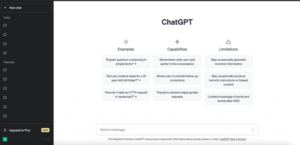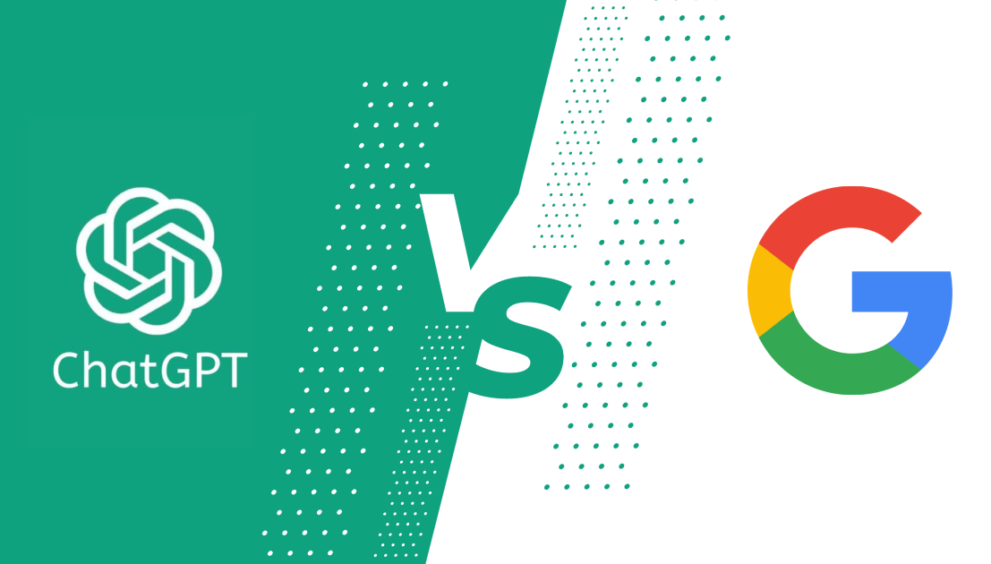Bard vs ChatGPT: What’s the difference?
With the rapid pace of advancement in artificial intelligence and machine learning, we are witnessing a world where chatbots are becoming more prevalent. Google recently made headlines with the release of its Bard model, which has allegedly been trained to engage in more natural, open conversations with humans. Meanwhile, ChatGPT-4 (GPT4) has gained popularity as a chatbot capable of performing a wide variety of tasks.
In this article, we dive into a detailed comparison of these two conversational AI tools and examine them closely. We evaluate various aspects such as human-like responses, training data and underlying technology, response credibility, internet accessibility, usability and interface, pricing structure, and word processing.
Bard vs ChatGPT: Human-like response
A chatbot’s ability to provide human-like responses is critical to its effectiveness. In terms of generating human-like responses and engaging in open conversations, Bard shows superior performance compared to ChatGPT-4. Additionally, our observations indicate that Bard displays a sense of being somewhat “offended” by irrational or foolish inquiries.
Training Dataset and Underlying Technology
ChatGPT-4 and Google Bard both make use of (transformer architecture), a neural network model designed to process sequential data. However, their training datasets show notable differences. ChatGPT-4 is trained on a large body of text derived from the Internet, which includes books, articles, and publicly available documents. In contrast, Bard’s training focused primarily on a data set purposefully designed for conversations and dialogues. Thus, although both models demonstrate proficiency in understanding and creating various scripts for different applications, Bard particularly excels at engaging in natural, open conversations with humans.
To achieve this, the Google team applied a hierarchical approach by creating groups of high-level concepts and topics. These groups were used to guide Bard decision-making when generating responses. This methodology enables Bard to understand the purpose of the user’s queries and to understand the nuances of context in the conversation. Furthermore, Bard’s responses are meticulously engineered to be exceptionally authentic, mimicking human speech to the point of being virtually indistinguishable from a real person. Furthermore, Bard demonstrates the ability to seamlessly change context when the user switches topics, showing its dexterity in navigating complex conversations.
Bard vs ChatGPT: Reliability and credibility
One of the biggest challenges regarding artificial intelligence in bots is reliability and credibility, as a bot that cannot provide correct information from reliable sources is not suitable for use in accurate scientific services. It can also turn into a tool for guiding ideas and spreading propaganda, and this is especially dangerous for children or people with limited knowledge.
Although Bard’s linguistic model faced a temporary setback when asked about the latest discoveries of the James Webb telescope, he answered incorrectly when he said that it was the first telescope to take pictures of exoplanets, while a previous telescope made in Europe managed to do so. achievement. However, Google has addressed this problem with the PaLM2 model, which draws on reliable sources and is part of a group of trained AI with diverse orientations, such as MED-PaLM2 that focuses on the medical field. Thus, it is difficult to make a mistake in providing medical information or advice.
Internet access
When comparing ChatGPT-4 and Google Bard, one notable difference is their access to the Internet. Bard has the ability to fetch real-time responses from the Internet, while ChatGPT-4 relies on a dataset with a cut-off date of late 2021. As a result, ChatGPT-4 may face challenges in providing the latest and most up-to-date. While Bard can provide more up-to-date answers and incorporate the latest research. In addition, every answer from Bard is accompanied by a small Google search icon. By clicking on this icon, users are presented with relevant queries which they can explore further by clicking to perform a Google search.
Bard vs ChatGPT: User-friendliness and Interface


Ensuring ease of use is paramount in making a chatbot accessible to a wide range of users. In terms of ease of use, Bard has an advantage over ChatGPT-4. It has a visually appealing interface with well-formatted text that is easy to read and navigate. In addition, Bard allows users to modify their questions after they have been asked, providing more flexibility in refining their queries. Furthermore, users have the option to upvote or downvote responses, as well as perform web searches related to the answers. Overall, Bard’s interface looks cleaner and more streamlined, which enhances the overall user experience.
Text processing: summarizing, paragraph writing, etc
Chatbots are capable of handling tasks as diverse as summarizing, paragraph writing. and translation. While Bard shines in its conversational AI capabilities. ChatGPT-4 stands out in word processing, making it particularly well-suited for tasks. like summarizing that require accuracy and comprehensiveness. Its efficiency in performing various roles at the script level makes ChatGPT-4 a versatile. and valuable tool for individuals working with Natural Language Processing (NLP).
Bard vs ChatGPT: price comparison

ChatGPT-4 has gained recognition for its ability to generate human responses. However, it is important to note that access to ChatGPT-4 is not free. and users are usually limited to a certain number of questions per day. In contrast, Bard is available to all users at no cost.
Conclusion
To summarize, Google Bard and ChatGPT-4 are very effective conversational AI tools. each with its own strengths. Bard offers superior human-like responses, a more user-friendly interface. and real-time access to the Internet. In contrast, ChatGPT-4 excels at word-processing tasks. such as summarizing and writing paragraphs. In addition, ChatGPT-4 comes at a cost and has limited access. while Bard is free for everyone. Therefore, we must consider these factors when choosing between the two tools. depending on the specific use case and requirements.
You can read: The latest version of the Android operating system




